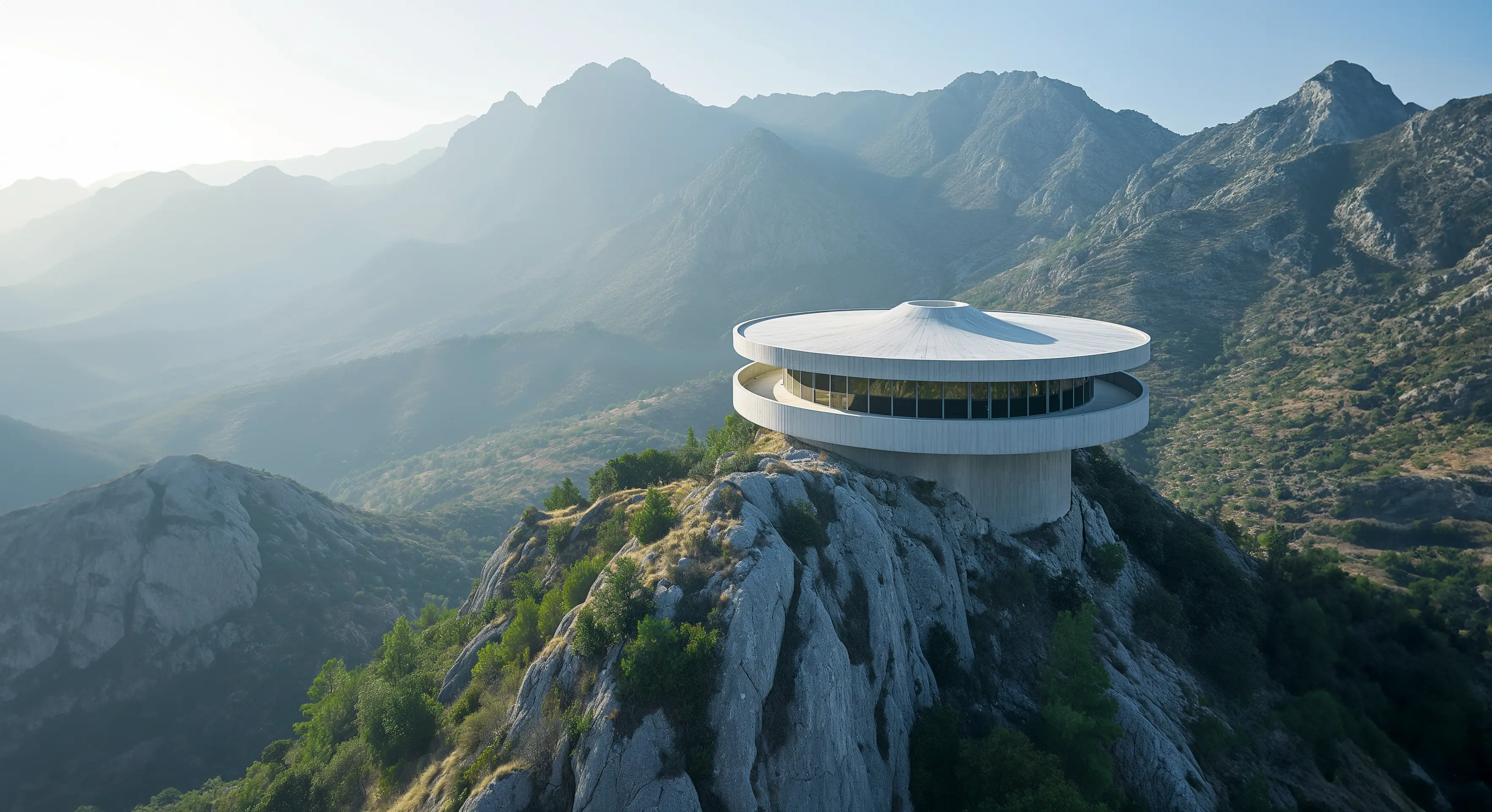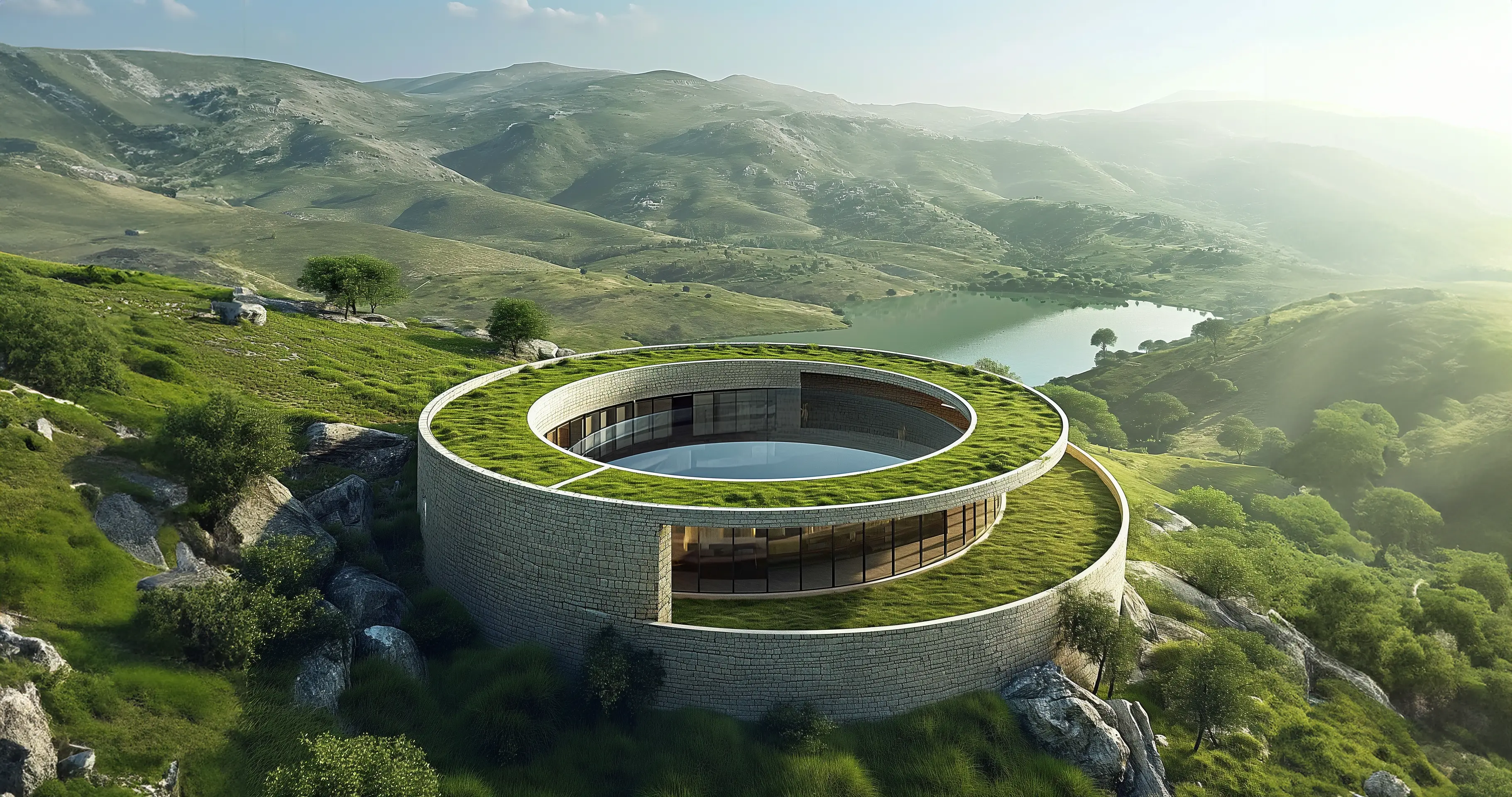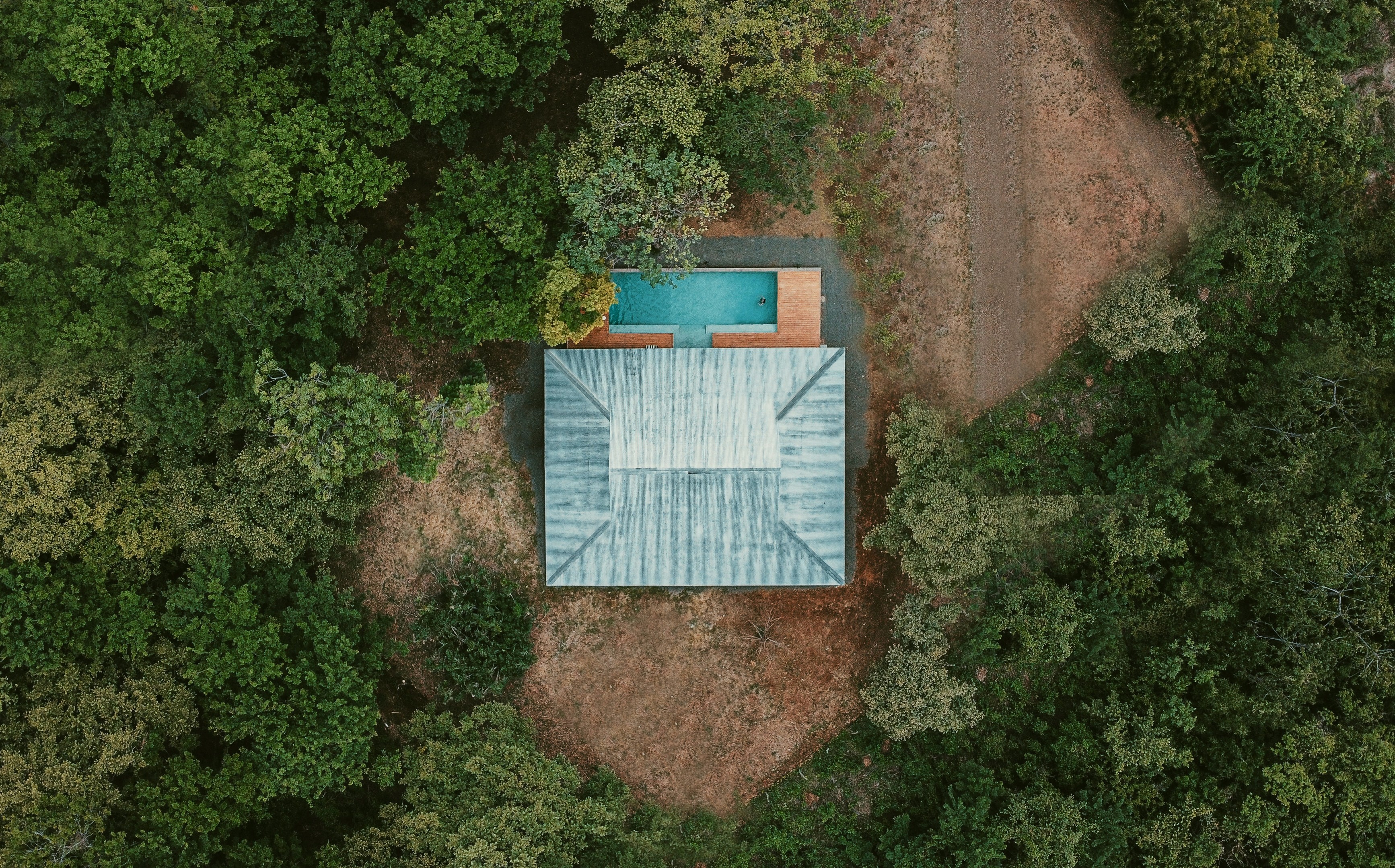John Kappa
Space Optimisation: Vertical cities offer efficient land use, minimising urban sprawl and preserving green spaces. Compact living allows for more concentrated amenities and infrastructure within reach.
Transportation Redefined: High-speed elevators, interconnected buildings, and integrated public transportation systems optimise mobility within vertical cities, reducing reliance on personal vehicles.
Green Infrastructure: Vertical gardens, rooftop farms, and green walls integrate nature into the cityscape, promoting biodiversity, improving air quality, and providing recreational spaces. Imagine harvesting fresh produce on your balcony or enjoying urban parks nestled within buildings.
Community Building: Shared amenities like rooftop gardens, co-working spaces, and wellness centres foster a sense of community and social interaction within the vertical city. Imagine collaborating with neighbours on rooftop gardens or enjoying communal fitness facilities.
Addressing Social Challenges: Equitable access to affordable housing, sunlight, and green spaces remains a crucial challenge. Sustainable architectural design and thoughtful community planning are key to ensuring inclusivity and social well-being.
Energy Efficiency and Resource Management: Vertical cities have the potential to be energy-efficient hubs thanks to shared resources, centralised infrastructure, and waste management systems. Imagine utilising wind turbines, solar panels, and rainwater harvesting to power your high-rise home.







